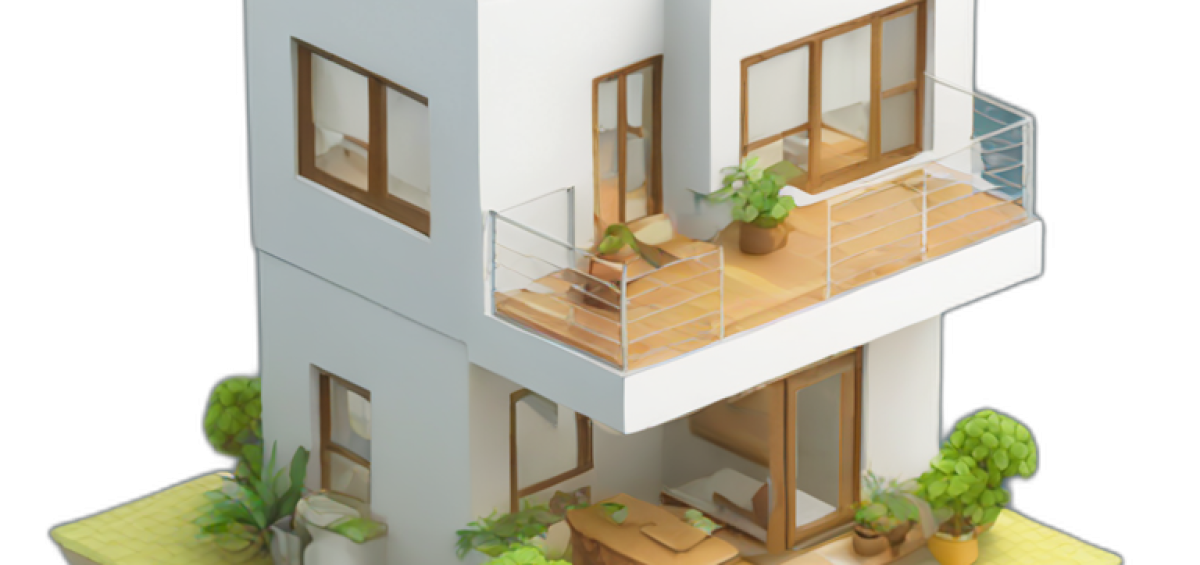In today’s fast-paced business world, meeting rooms have evolved beyond simple spaces for conversation. The integration of smart design has revolutionised how organisations approach collaboration, productivity, and overall workplace functionality. Continue reading to discover how smart design in modern meeting rooms contributes to efficiency, creativity, and effective decision-making.
What is Smart Design?
Smart design involves more than just aesthetic appeal. It’s about creating an environment that encourages collaboration, fosters creativity, and supports the tasks at hand. For meeting rooms, smart design includes the use of flexible layouts, the integration of advanced technology, and a focus on comfort and functionality. When these elements come together, they can significantly enhance the meeting experience.
Functionality and Flexibility
One of the most important aspects of smart design in meeting rooms is functionality. Modern meeting rooms are no longer limited to just conference tables and chairs. Today’s meeting spaces are designed to accommodate a variety of activities, from brainstorming sessions to formal presentations. With flexible layouts, these rooms can easily be transformed to suit different needs.
For example, modular furniture allows for quick rearrangements, while movable walls can create break-out spaces or larger areas as required. This flexibility ensures that meeting rooms can be adapted to suit the specific requirements of any given meeting, making them more efficient and productive. For those seeking versatile spaces, Zipcube London meeting rooms can offer the ideal solution, with a variety of setups designed to foster collaboration and enhance productivity.
Integration of Technology
Technology plays a critical role in smart design. From video conferencing systems to interactive whiteboards, the right tech can significantly enhance team collaboration. Modern meeting rooms are also equipped with high-quality video and audio systems that enable seamless communication, benefiting team members who are both present or dialling in remotely.
Whether you need Wi-Fi, projection systems, or conferencing equipment, these features ensure that technology supports, rather than distracts from, the meeting experience, helping teams collaborate more effectively and efficiently.
Enhancing Comfort and Focus
In addition to functionality and tech, the comfort of meeting room occupants is also a key factor in smart design. Remember that the physical environment can have a direct impact on concentration and productivity. Thus, comfortable seating, appropriate lighting, and proper ventilation are essential elements that contribute to a positive meeting environment.
Incorporating biophilic design, such as adding plants or using natural materials, also promotes well-being and reduces stress. By focusing on creating a comfortable and engaging space, smart design can help keep participants focused and engaged throughout the meeting.
The Role of Aesthetics in Smart Design
Functionality is key, but aesthetics also play a crucial role. A well-designed space with thoughtful colour schemes, artwork, and lighting creates a welcoming, professional atmosphere. Investing in aesthetically pleasing meeting rooms can boost creativity, impress clients, and improve productivity, ultimately leading to more successful, engaging, and productive meetings with better outcomes.
Shaping the Future of Meeting Spaces
Smart design has become a game-changer for modern meeting rooms. The combination of flexibility, technology, comfort, and aesthetics not only enhances the meeting experience but also supports better collaboration and decision-making.
If you are looking to upgrade your meeting spaces, consider how smart design can transform your organisation’s productivity and creativity. The right design could be the key to unlocking new levels of success.

